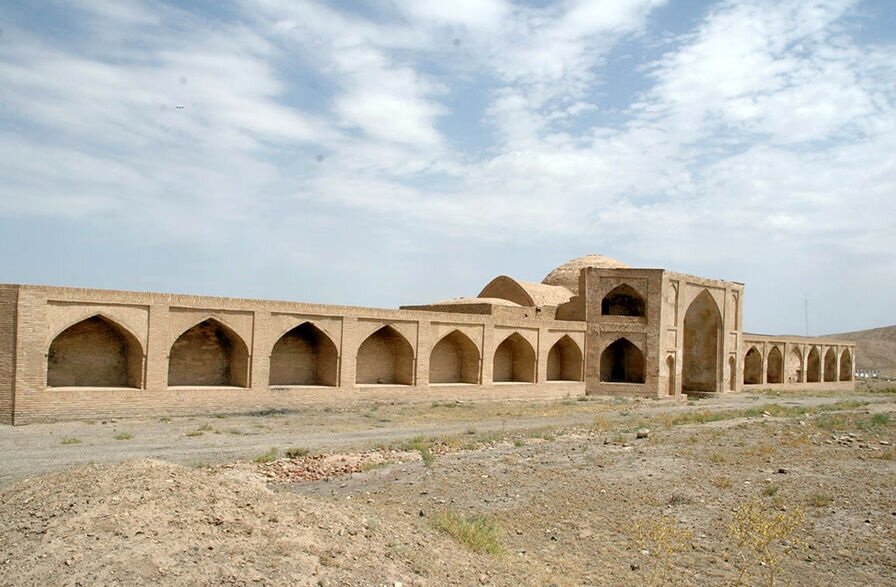Ahovan caravanserais in Semnan getting ready to welcome UNESCO assessors

TEHRAN – Two historical caravanserais situated in the Ahovan region of Semnan province are planned to be evaluated by the United Nations Educational, Scientific, and Cultural Organization for inclusion on the list of World Heritage sites, the provincial tourism chief has announced.
The UNESCO assessors are projected to visit stone caravanserai of Anushirvan and mud-brick caravanserai of Shah Soleiman, locally known as Ahovan caravanserais, to evaluate them as a part of a shortlist of Iranian historical caravanserais for a possible inscription on the UNESCO World Heritage list, Hamidreza Dustmohammadi said on Friday.
In order to prepare for the visit as soon as possible, the caravanserais have undergone some rehabilitation work, the official explained.
As a part of the project, weeds are removed from inside the structures as well as columns and foundations are strengthened, and damaged parts are repaired, he noted.
The two Ahovan caravanserais on the Silk Road are 100 meters apart and one dates back to the Sassanid era (224 CE–651), while the other dates from the Safavid era (1501-1736).
The main population centers of Semnan province lie along the ancient Silk Road (and modern-day Imam Reza Expressway), linking Rey (Tehran) with Khorasan (Mashhad). While few visitors spend much time in the area, driving through you can easily seek out several well-preserved caravanserais (notably Dehnamak and Ahowan), cisterns (the Cafe Abenbar in Garmsar is a special treat), and ruined mud citadels (Padeh is lumpy but fascinating). The large, bustling cities of Semnan, Damghan, and Shahrud (Bastam) all have a small selection of historic buildings and Semnan has a fine old covered bazaar.
Caravansary is a compound word combining “caravan” with “sara”; the former stands for a group of travelers and the latter means the building. They often had massive portals supported by elevated load-bearing walls. Guest rooms were constructed around the courtyard and stables behind them with doors in the corners of the yard.
Iran’s earliest caravanserais were built during the Achaemenid era (550 -330 BC). Centuries later, when Shah Abbas I assumed power from 1588 – to 1629, he ordered the construction of network caravanserais across the country.
Such roadside inns were originally built in various epochs along ancient caravan routes in the Muslim world to shelter people, their goods, and animals. The former Silk Roads may be the most famous example dotted by caravanserais.
ABU/AFM
Leave a Comment